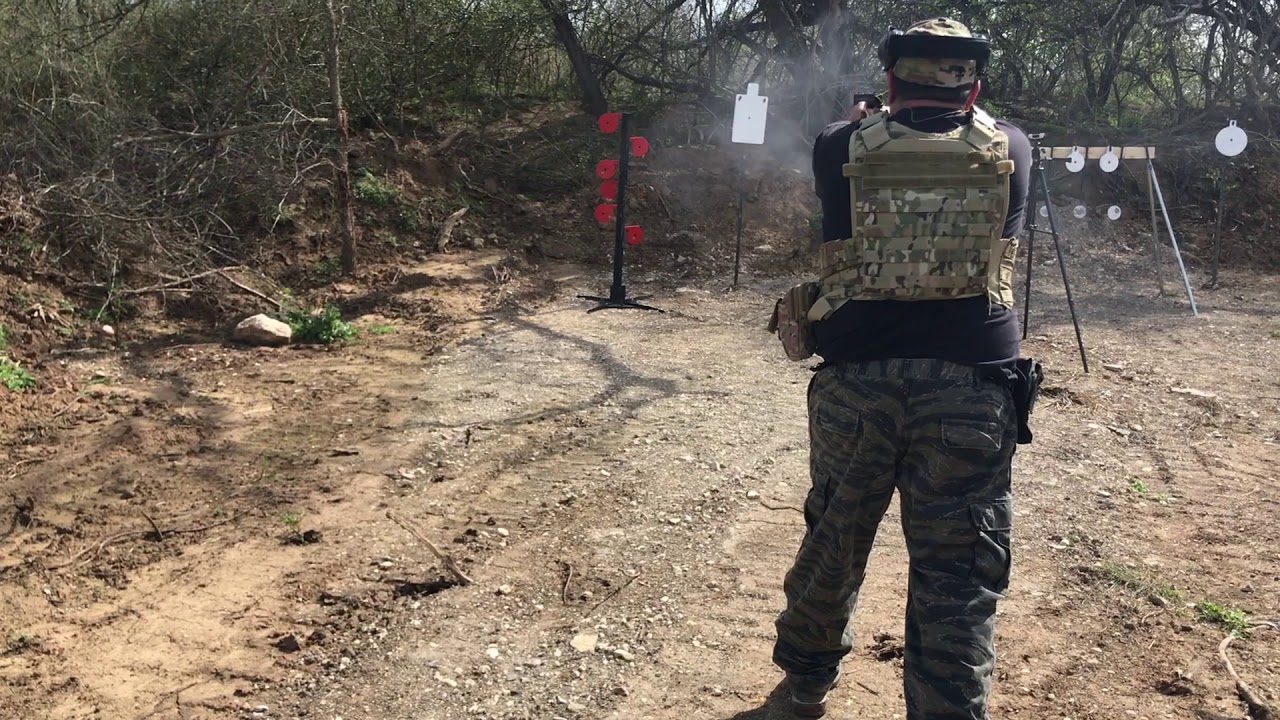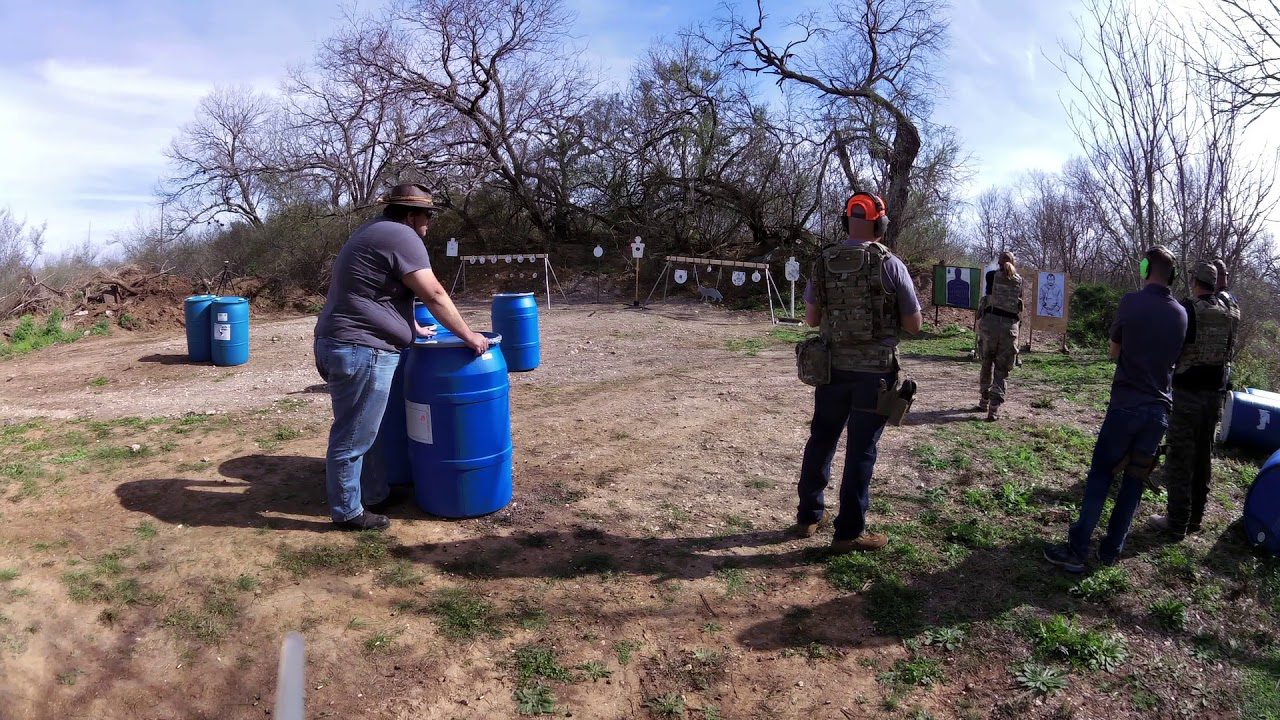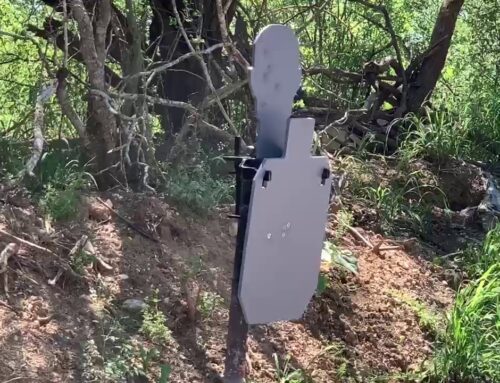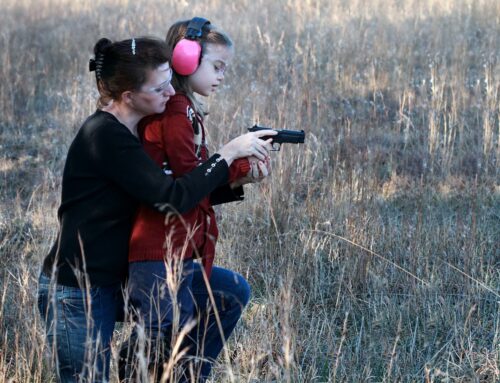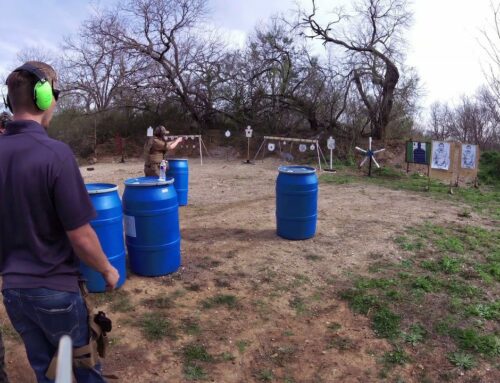Safety First: Essential Firearm Safety Rules Every Shooter Should Know
Firearms, when handled responsibly, can be powerful tools for self-defense, sport, and recreation. However, they also demand the utmost care and adherence to safety rules to prevent accidents and ensure the well-being of everyone involved. Whether you’re a seasoned shooter or a newcomer to firearms, it’s crucial to prioritize safety above all else. In this article, we’ll emphasize the cardinal rules of firearm safety that every shooter should know and follow without exception.
1. Treat Every Firearm as If It’s Loaded
This rule forms the foundation of firearm safety. Regardless of whether you believe a firearm is unloaded, always treat it as if it were loaded. This mindset ensures that you maintain proper muzzle control and trigger discipline at all times.
Keep the muzzle pointed in a safe direction: Whether you’re at the range, in the field, or at home, never allow the muzzle of a firearm to point at anything you do not intend to shoot. A safe direction is one where an accidental discharge will not cause harm or damage.
2. Keep Your Finger Off the Trigger Until You’re Ready to Fire
Your trigger finger should remain outside the trigger guard and off the trigger until you have identified your target and are ready to shoot. This practice prevents unintentional discharges.
Trigger discipline: Maintain control over your trigger finger and only place it on the trigger when you are prepared to fire.
3. Keep the Firearm Unloaded Until You’re Ready to Use It
Only load a firearm when you are on the firing line, have identified your target, and are prepared to engage it. Ensure that the firearm is unloaded when not in use.
Unload and clear: Before handling a firearm, check and verify that it is unloaded and clear of ammunition. Visually inspect the chamber and magazine well.
4. Know Your Target and What Lies Beyond It
Identify your target and be aware of what is in front of and behind it. Bullets can penetrate through targets and continue traveling, potentially causing harm or damage.
Backstop: Always ensure there is a safe and effective backstop that can stop bullets, such as an earthen berm or a designated bullet trap.
5. Wear Appropriate Safety Gear
Protect yourself and others by wearing the necessary safety gear, including eye and ear protection. Shooting can generate loud noises and debris, which can be harmful without proper protection.
- Safety glasses: Protect your eyes from ejected brass casings and debris.
- Hearing protection: Prevent hearing damage from the loud noise of gunfire.
6. Keep Firearms Secure and Unreachable by Unauthorized Individuals
Firearms should be stored securely and out of reach of children and unauthorized users. Use locked safes or cabinets to prevent unauthorized access.
Safe storage: Always lock firearms away when not in use and store ammunition separately.
7. Don’t Rely Solely on Mechanical Safeties
Mechanical safeties on firearms are designed to reduce the likelihood of accidental discharges but are not foolproof. Always follow the cardinal safety rules regardless of the firearm’s safety features.
8. Educate Yourself and Seek Proper Training
Firearm safety and proficiency require ongoing education and training. Enroll in reputable firearms safety courses and practice regularly to maintain and improve your skills.
Conclusion: Safety is Non-Negotiable
Firearm safety is not an option; it’s an absolute requirement for responsible ownership and use of firearms. Adhering to these cardinal safety rules is non-negotiable and should be a fundamental part of every shooter’s mindset. Whether you’re at the range, in the field, or at home, safety must always come first. Always remember that responsible firearms ownership includes not only knowing how to shoot but also how to do so safely and responsibly.

